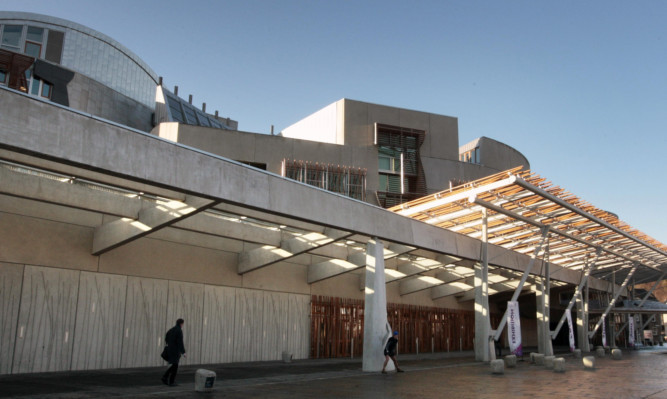The 200th piece of legislation passed by the Scottish Parliament will gain Royal Assent.
The Scottish Parliament’s Presiding Officer Tricia Marwick hailed the occasion as a “landmark moment in the story of devolution”.
The Forth Road Bridge Bill, passed by MSPs in May and which makes provisions for the management and maintenance of the new Forth crossing, will be the 200th Act to be formally granted Royal Assent.
In the 14 years since it was established, the Scottish Parliament has passed legislation introducing free personal care for the elderly as well as Bills which made Scotland the first country in the UK to ban smoking in public places and which established the climate change targets to cut emissions by 80% by 2050.
Ms Marwick said: “The Scottish Parliament was only four months old when its first piece of legislation was enacted. Fourteen years on, the 200th Act is a landmark moment in the story of devolution.
“The breadth of legislation that has been passed has helped to shape the lives of the people of Scotland. It is fitting that the 200th Act will now help to shape the future of one of Scotland’s most famous landmarks.”
After a Bill is passed by Holyrood, letters are sent to the law officers, the Advocate General for Scotland, the Lord Advocate and the Attorney General, advising them they have four weeks to raise any legal objections.
If there are no objections, the Presiding Officer writes to Her Majesty the Queen, enclosing the Bill and a Royal Warrant for her to sign. These documents are delivered to her at Buckingham Palace.
After the Bill and Royal Warrant have been returned to the Scottish Parliament, they are delivered to Registers in Scotland in Edinburgh, where the Great Seal of Scotland is applied.
The process of making the seal has changed little over the last 800 years. For all Acts of the Scottish Parliament the Great Seal of Scotland has been made using beeswax supplied by a specialist firm in East Lothian.
Once the great Seal of Scotland has been applied to a Bill, notices are placed in the official journals of record – the London, Edinburgh and Belfast Gazettes – signalling that Royal Assent has been given.
